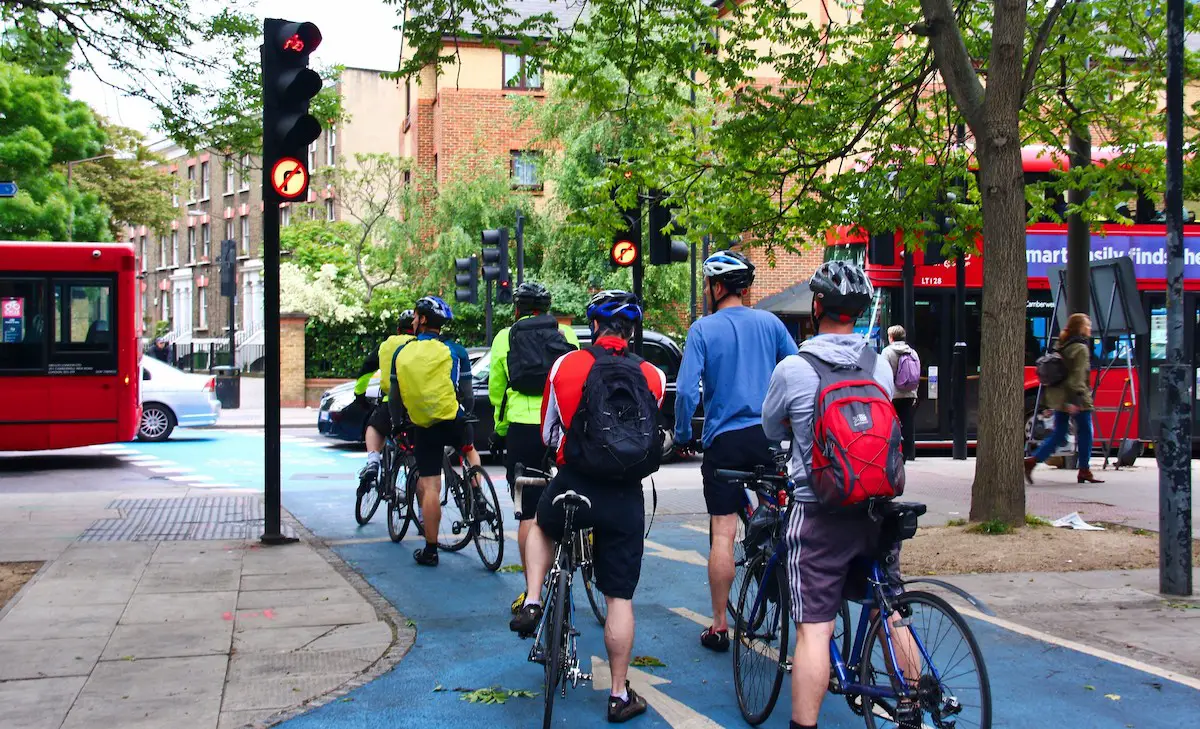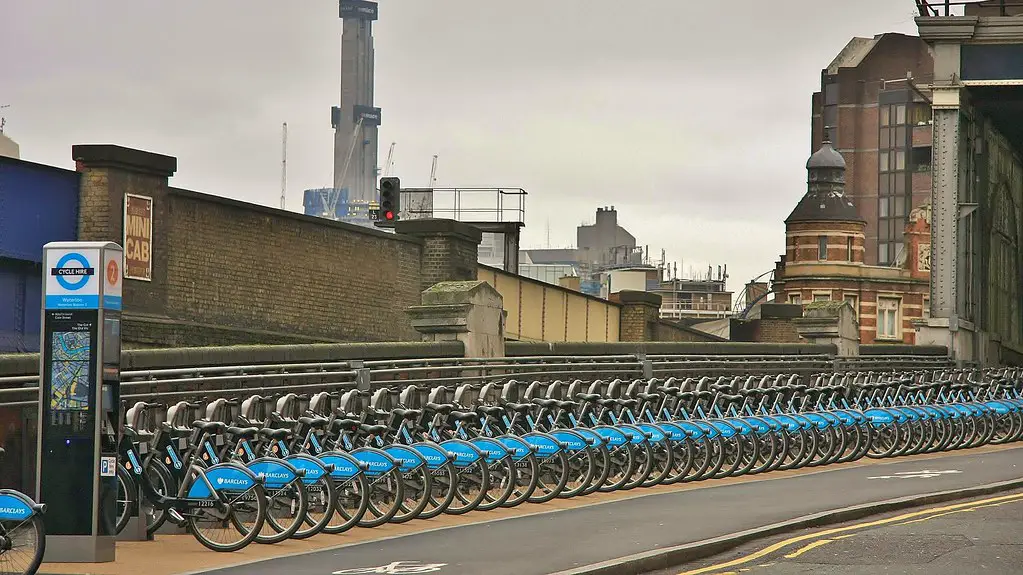Several cities in Europe are making big efforts to integrate bicycles into their transport networks. This post will show how Stockholm has managed to create a highly reliable bicycle system and especially how this has become part of the everyday life of the city.
One of the most important factors of the success of Stockholm’s bicycle network is that it is conceived and perceived as a system. This means that one can find different categories of bicycle lanes, starting from those that cross the city and connect it to nearby towns, to the neighborhood lanes which take you to the local store, school or the nearby metro station.

This image shows Stockholm’s Bicycle Map where the different lane categories are shown. The full map can be downloaded here.

A key point in the success of the system is that it starts right outside one’s door step. In almost all neighborhoods places for bike parking can be found. A great amount of buildings will also provide common storage rooms for bikes.

As with the other cities, bicycle lanes are well differentiated from roads and sidewalks. If there is enough space the lane will be integrated in the side walk…

… however this does not always happen, especially in neighborhoods. Nevertheless, it is common that people follow and respect the same rules as it is in areas where the space for pedestrians, cyclists and drivers is clearly marked.

If space does not allow (mainly in the city center), cyclists and drivers share the road. Markings clearly show where there is space for cyclists in the road. As with pedestrians, cyclists will always be given priority over cars. Drivers are socially and legally reprimanded if they don’t follow this.


In cases where the lane needs to cross highways or the terrain is steep pedestrian/bicycle bridges allow an easy crossing.

Signs are also an important part of the system. The bike network is very well marked with signs that indicate when a lane is shared with pedestrians, with distances and directions towards different parts of the city, traffic lights, even indicating detours if there is something interrupting the lane.

Parking spaces near offices and commerce areas are also common. These are well differentiated from the space for pedestrians. ‘Informal’ parking is also allowed, however if the bicycle is in the middle of the sidewalk or is abandoned it will be removed by the police or municipal staff.

One of the most important factors in the high use of Stockholm’s bicycle network is its connection with other transport systems. It is very common to find metro and train stations providing a great amount of space for parking bikes.
As these images show, there is more to Stockholm’s Bike system than well marked bicycle lanes. Its high use can also be attributed to an awareness and interest in health and environmental issues in Sweden. Most importantly, people wholeheartedly trust the system – its rules of use, maintenance, safety, reliability, connection with other systems, accessibility, convenience, etc – encouraging them to cycle more. The system is so reliable and convenient that it invites people to use it.
As I once heard, it is a question of structures for sustainable development rather than sustainable structures or infrastructures. The change towards sustainable development demands change and creation of social, physical and economic structures supporting sustainable decisions and actions.


